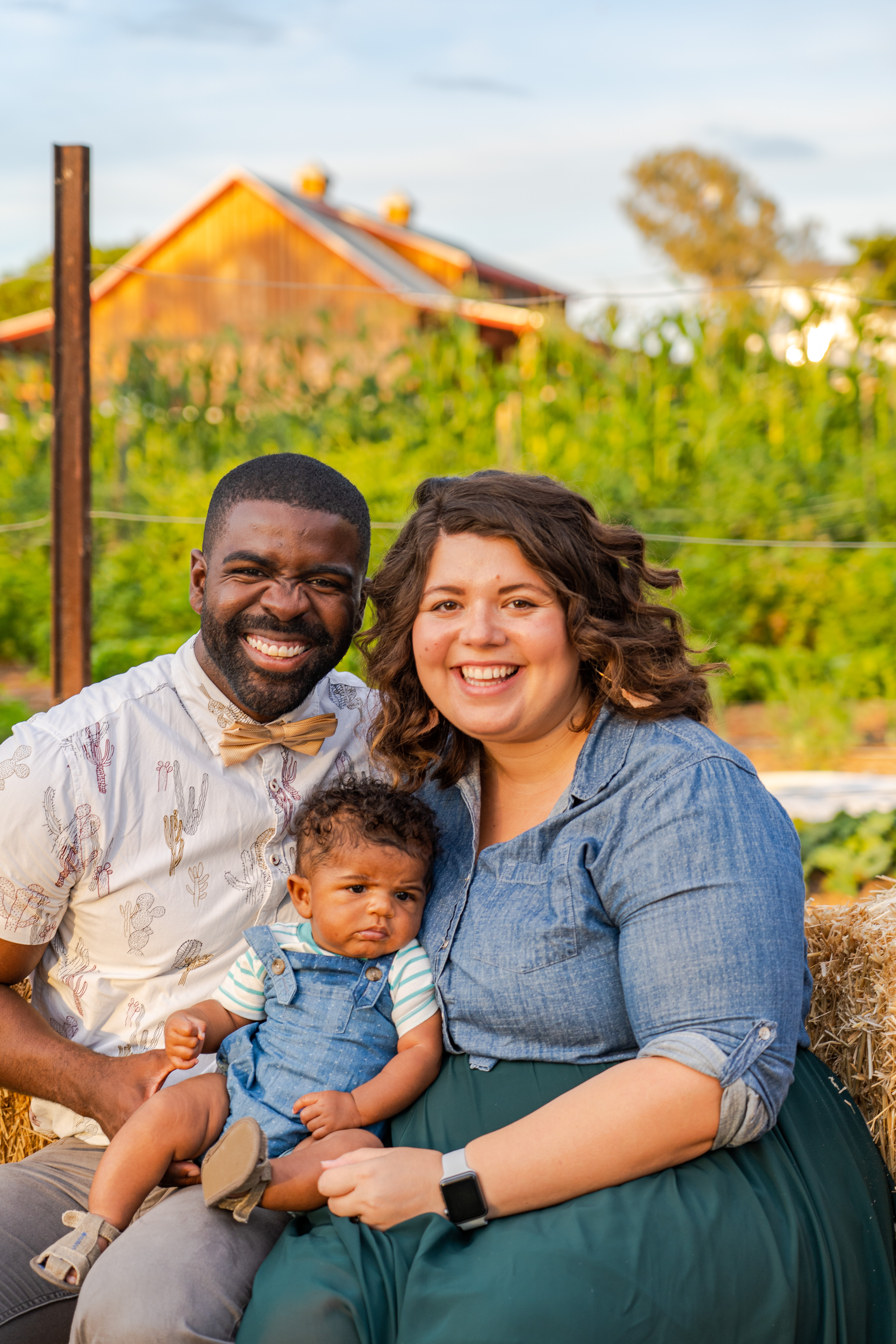The Four Jewish New Year Observances
Time is precious and sacred, and our Jewish calendar is full of ways to mark our growth through the year. There are even four ‘new year’ dates that celebrate different experiences and values! Here are brief explanations for the special commemorations.
Rosh Hashanah
Rosh Hashanah translates to “head of the year” and begins the High Holy Days, a time of introspection, reflection, and repentance through Yom Kippur. It marks the first day of humanity. This holiday’s overarching theme is judgment – of your choices over the past year and those you may have made of others or yourself. We seek forgiveness from loved ones and ourselves during the High Holy Days.
Passover and the Exodus
Passover is known as the “head of months,” and connects to the Exodus story, which we tell every Passover to commemorate the Israelites finally reaching the Land of Israel after 40 years of wandering the desert. It is recognized as a ‘new year’ because of the formation of the Jewish people after we received the Torah on Mt. Sinai.
Tu B’Shevat
Tu B’Shevat marks the birthday of trees and is a time to focus on planting and nurturing these life-giving organisms. The name means 15th of Shevat, which is the month this holiday occurs.
Today, Tu B’Shevat is celebrated as an ecological holiday or a “Jewish Earth Day.” Coastal Roots Farm celebrates every year with a Food Forest Festival, bringing people to Leichtag Commons to tend to the trees in the Food Forest, get educated about climate justice, and more.
Elul
Elul is the last month before Rosh Hashanah and sets us up for reflection and renewal. Traditionally, the shofar (an instrument made from a ram’s horn) is blown every morning during Elul to awaken people’s spirits. Rosh Chodesh Elul (“head of the month Elul”) inspires hope in the sliver of the new moon. As a festival, it was a time to count domesticated animals (bred and raised by humans) to prepare for tithing.
We call this time the “new year of animals” to acknowledge our deep relationship with animals. Without animals, our world’s biodiversity would diminish, and we would lose our crops.
Conclusion
Jewish observance offers these particular ways to celebrate all aspects of life and the Earth. As we are amid the Shmita year, our focus on the Earth is intentional, and we are joyous to honor it!



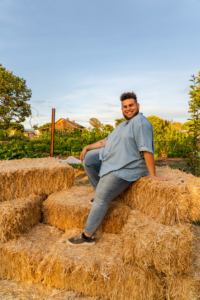 Black, Jewish and Queer. These three identities weave the fabric of who I am, but it took a long time to believe that they could exist together.
Black, Jewish and Queer. These three identities weave the fabric of who I am, but it took a long time to believe that they could exist together.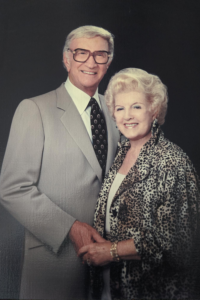 Lee and Toni Leichtag established the Leichtag Foundation in 1991 following the sale of their business. Lee and Toni were lifelong entrepreneurs with a passion for innovation and for supporting talent. They believed that only with big risk comes big reward. Both born to families in poverty, Toni to a single mother, they strongly believed in helping those most in need and most vulnerable in our community. While they supported many causes, their strongest support was for young children and the elderly, two demographics who particularly lack voice in our society.
Lee and Toni Leichtag established the Leichtag Foundation in 1991 following the sale of their business. Lee and Toni were lifelong entrepreneurs with a passion for innovation and for supporting talent. They believed that only with big risk comes big reward. Both born to families in poverty, Toni to a single mother, they strongly believed in helping those most in need and most vulnerable in our community. While they supported many causes, their strongest support was for young children and the elderly, two demographics who particularly lack voice in our society. Lifelong Baltimoreans, Rabbi George and Alison Wielechowski and their sons, 11-year-old Lennon and 9-year-old Gideon, are more than pursuing the good life in Southern California. Having moved to San Diego more than three years ago, they are fulfilling a lifelong dream.
Lifelong Baltimoreans, Rabbi George and Alison Wielechowski and their sons, 11-year-old Lennon and 9-year-old Gideon, are more than pursuing the good life in Southern California. Having moved to San Diego more than three years ago, they are fulfilling a lifelong dream.
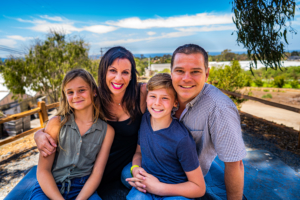
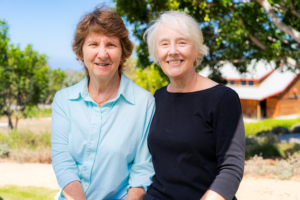



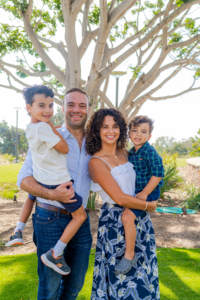
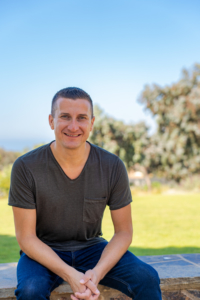 You would think that as the executive director of San Diego LGBT Pride, Fernando Zweifach López Jr., who uses the pronoun they, has done all the coming out they possibly can. A queer, non-binary individual who has worked for many years on civil rights issues, López also speaks openly and often about their father’s family, Mexican-American migrant workers who tilled the fields of rural California.
You would think that as the executive director of San Diego LGBT Pride, Fernando Zweifach López Jr., who uses the pronoun they, has done all the coming out they possibly can. A queer, non-binary individual who has worked for many years on civil rights issues, López also speaks openly and often about their father’s family, Mexican-American migrant workers who tilled the fields of rural California.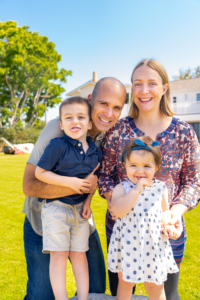 Stacie and Jeff Cook understand commitment. They live it.
Stacie and Jeff Cook understand commitment. They live it.
